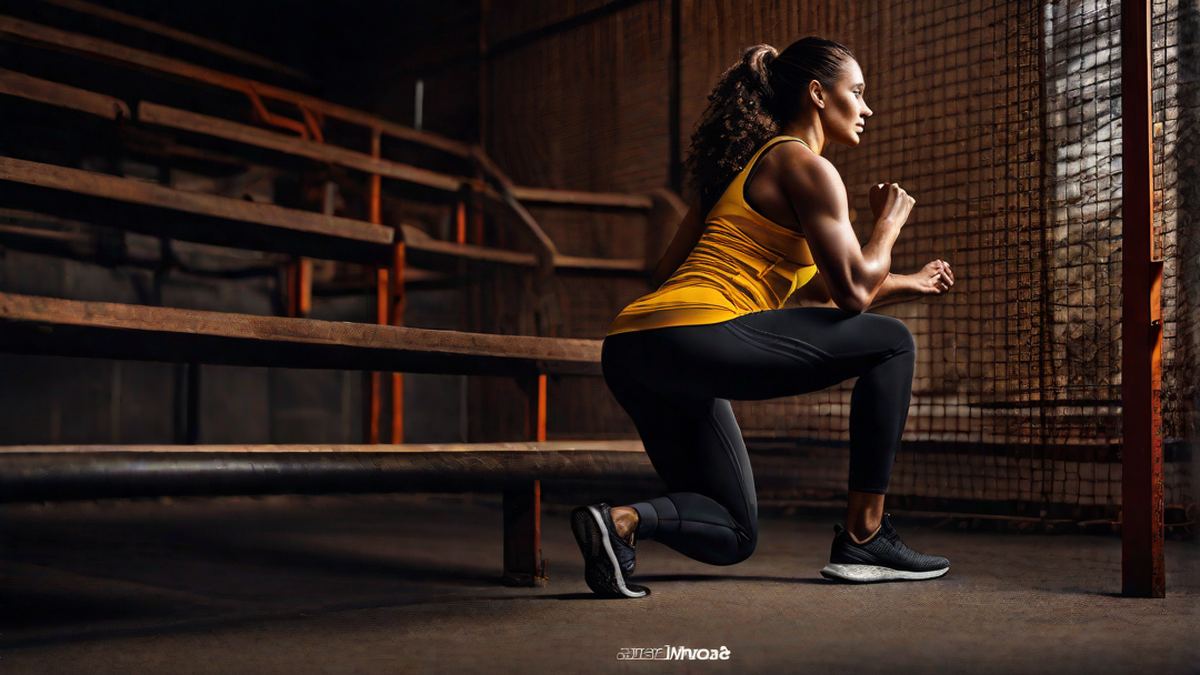As a passionate runner, I’ve always been curious about the various exercises and training techniques that can improve my performance. One exercise that often pops up in discussions among runners is squatting. Many claim that squatting can have a significant impact on running ability, while others remain skeptical. In this article, I will delve deep into the subject and explore whether squatting can indeed help running.
The Benefits of Squatting
Squatting is a compound exercise that primarily targets the muscles in the lower body, including the quadriceps, hamstrings, glutes, and calves. By incorporating squats into your training routine, you can develop strength, power, and stability, all of which are crucial for running efficiency.
One of the key benefits of squatting is its ability to improve leg strength. Strong leg muscles are essential for generating power and propelling your body forward while running. Squatting regularly can help strengthen the quadriceps and hamstrings, which are responsible for knee extension and flexion, respectively. Stronger muscles in these areas can lead to increased running speed and better overall performance.
Squatting also engages the gluteal muscles, particularly the gluteus maximus, one of the largest muscles in the body. These muscles play a vital role in maintaining stability and balance during running. Strengthening the glutes through squats can help prevent injuries and maintain proper form, allowing for more efficient and safer running.
Another advantage of squatting is its ability to enhance core strength. While squatting primarily targets the lower body, it also engages the core muscles to maintain balance and stability. A strong core is crucial for maintaining proper running posture and preventing excessive swaying or leaning. By improving core strength through squats, you can optimize your running form and decrease the risk of injury.
Proper Technique and Progression
While squatting can offer tremendous benefits, it’s important to perform the exercise with proper technique to avoid injury. Here are some key points to keep in mind:
- Begin with bodyweight squats to master the proper form before adding weights.
- Keep your feet shoulder-width apart, with toes pointed slightly outward.
- Lower your body by bending at the hips and knees, while keeping your back straight and chest lifted.
- Go as low as you can while maintaining proper form, aiming for thighs parallel to the ground.
- Push through your heels to return to the starting position.
- Gradually increase the weight or resistance as you become more comfortable and stronger.
Progression is key when incorporating squats into your running routine. Start with a manageable number of repetitions and sets, and gradually increase both as your strength improves. It’s important to listen to your body and avoid overtraining or pushing yourself too hard, as this can lead to injuries that may hinder your running progress.
Considerations and Alternatives
While squatting can be beneficial for improving running performance, it’s important to consider other factors that contribute to overall running ability. Endurance, flexibility, and proper running technique are also crucial aspects to focus on. Incorporating a well-rounded training program that includes other exercises such as lunges, deadlifts, and plyometrics can further enhance your running performance.
Additionally, every individual is unique, and what works for one runner may not work for another. It’s essential to listen to your body, consult with a trainer or coach, and make adjustments based on your specific needs and goals.
Conclusion
In conclusion, squatting can indeed help improve running performance by strengthening the lower body, enhancing stability, and promoting proper running form. However, it’s important to approach squatting with proper technique, gradually progress, and consider other aspects of training to achieve optimal results. Remember, what works for others may not work for you, so always listen to your body and make informed decisions. Happy running!

